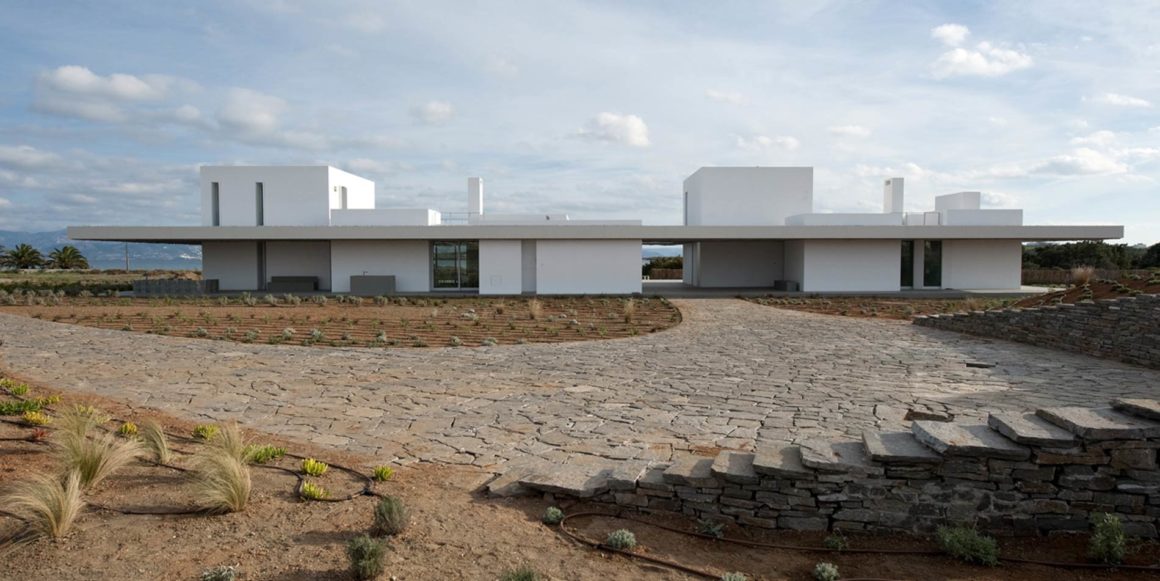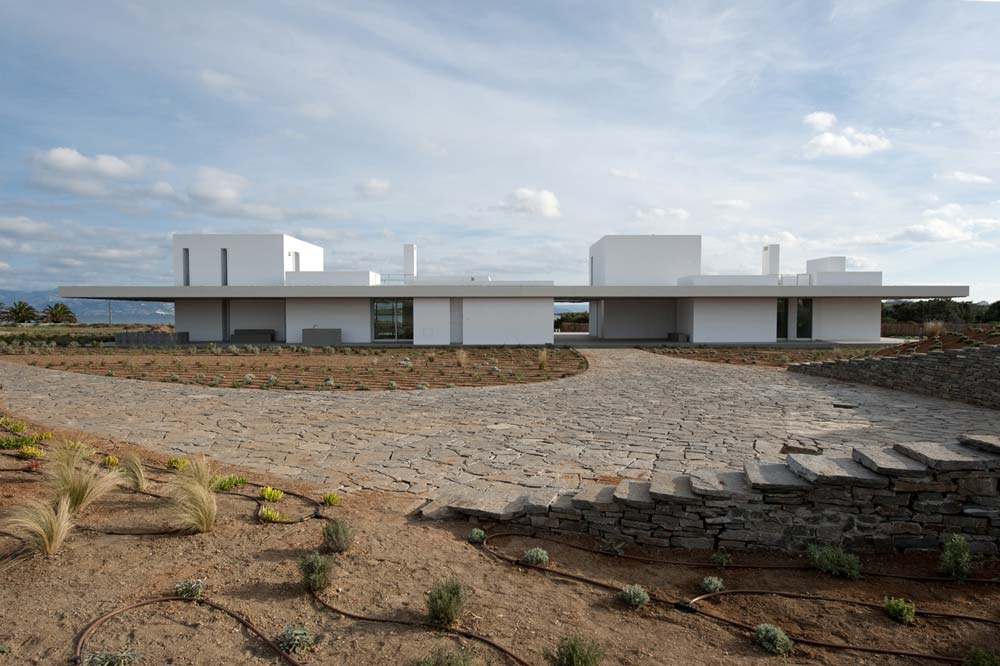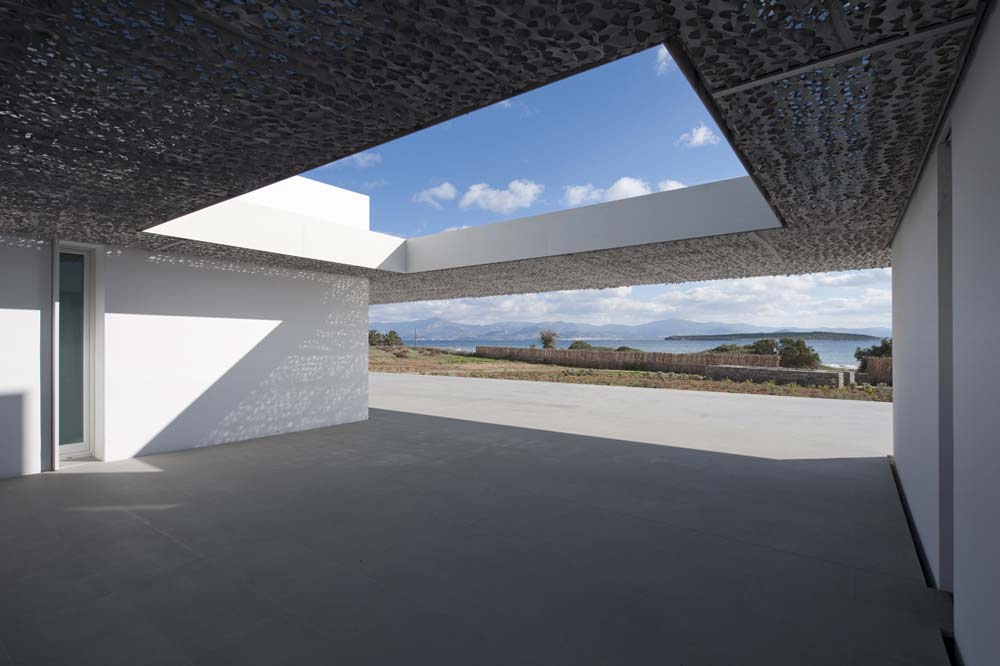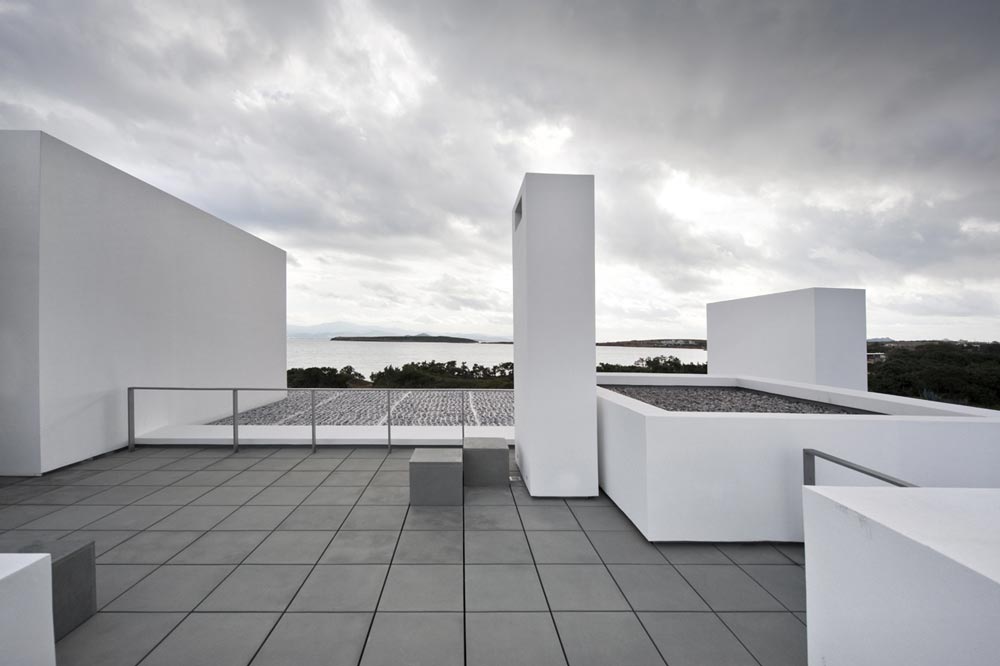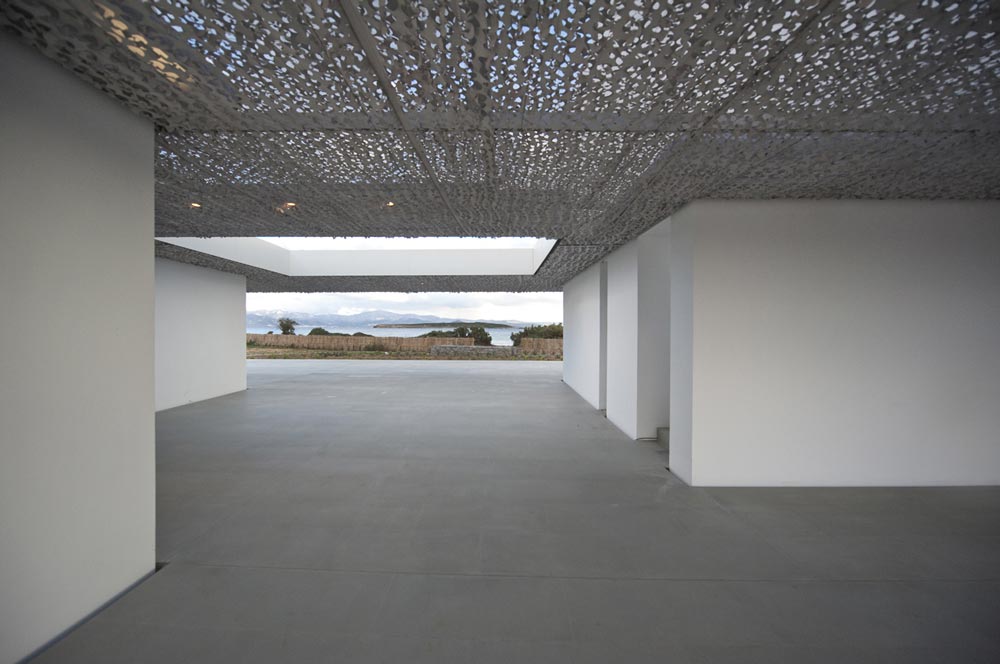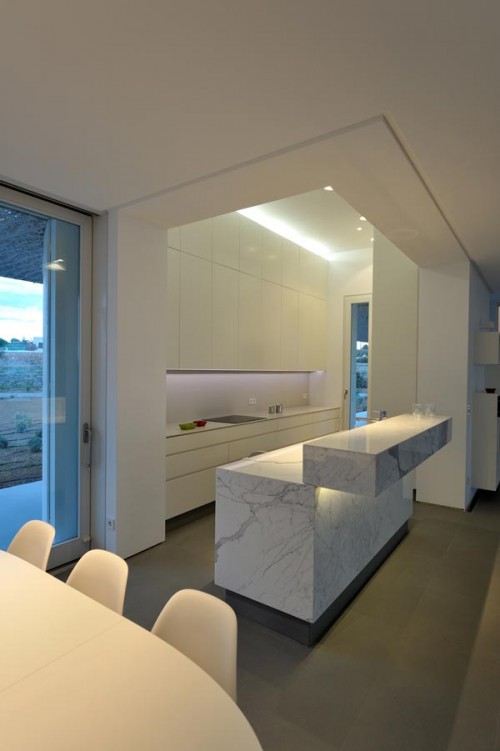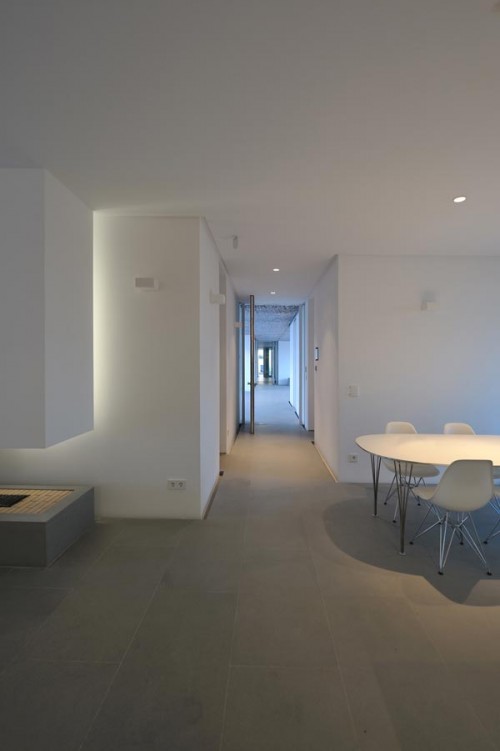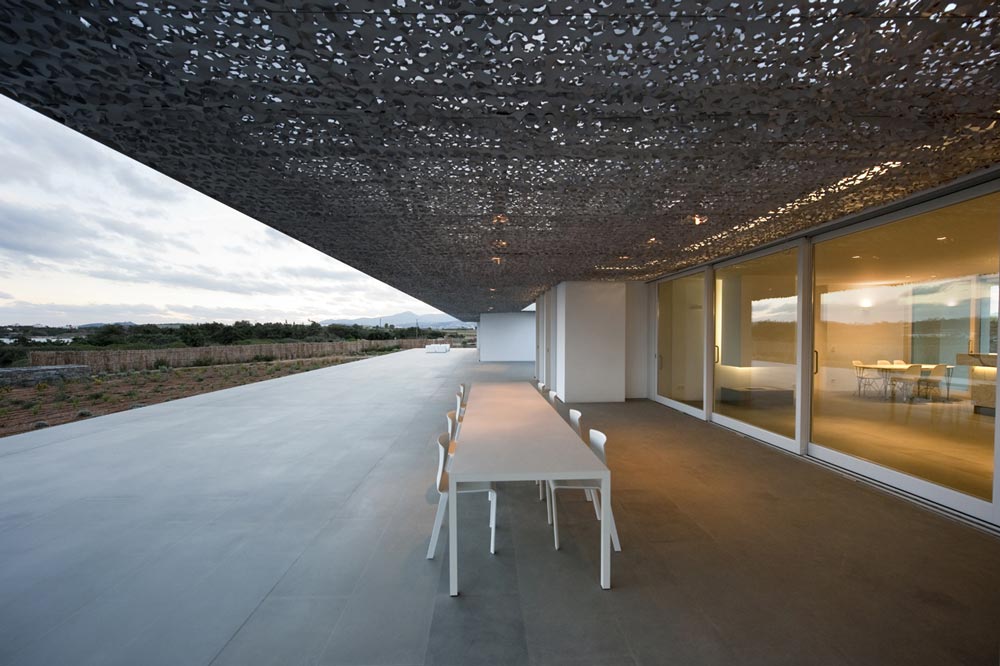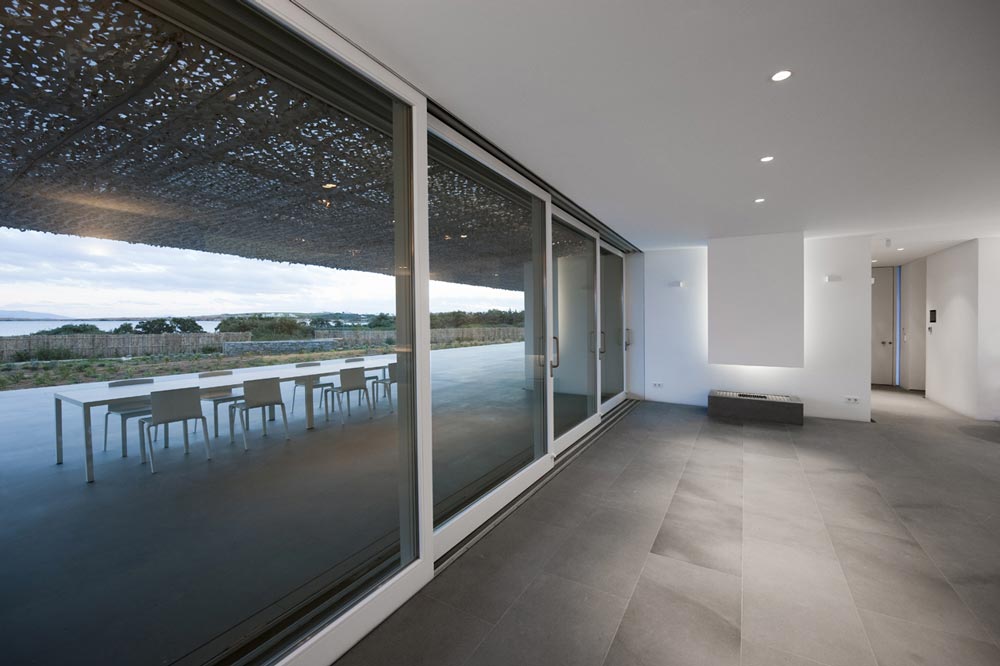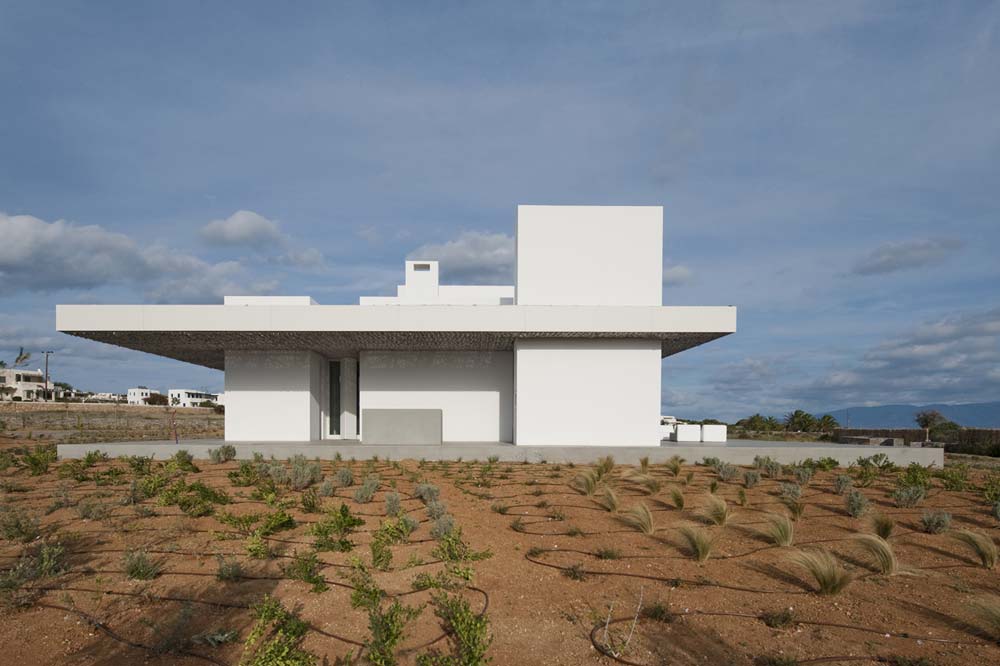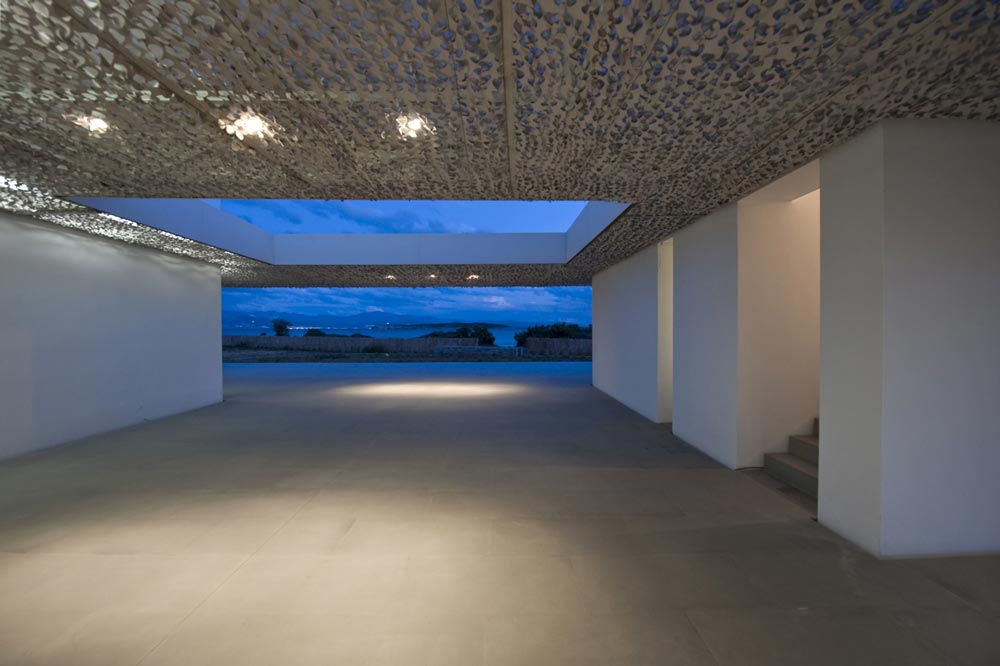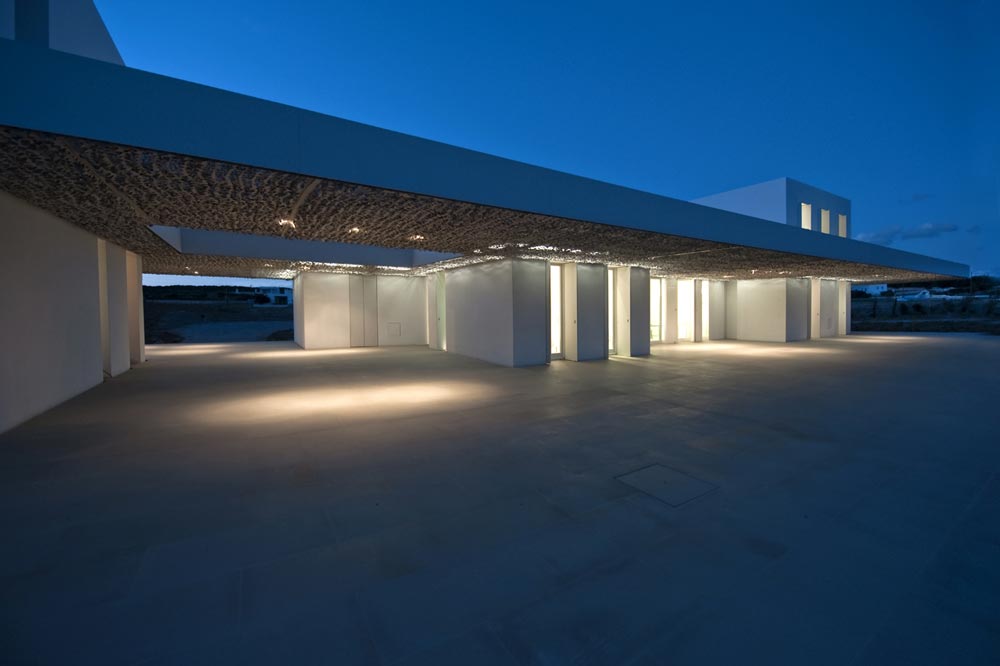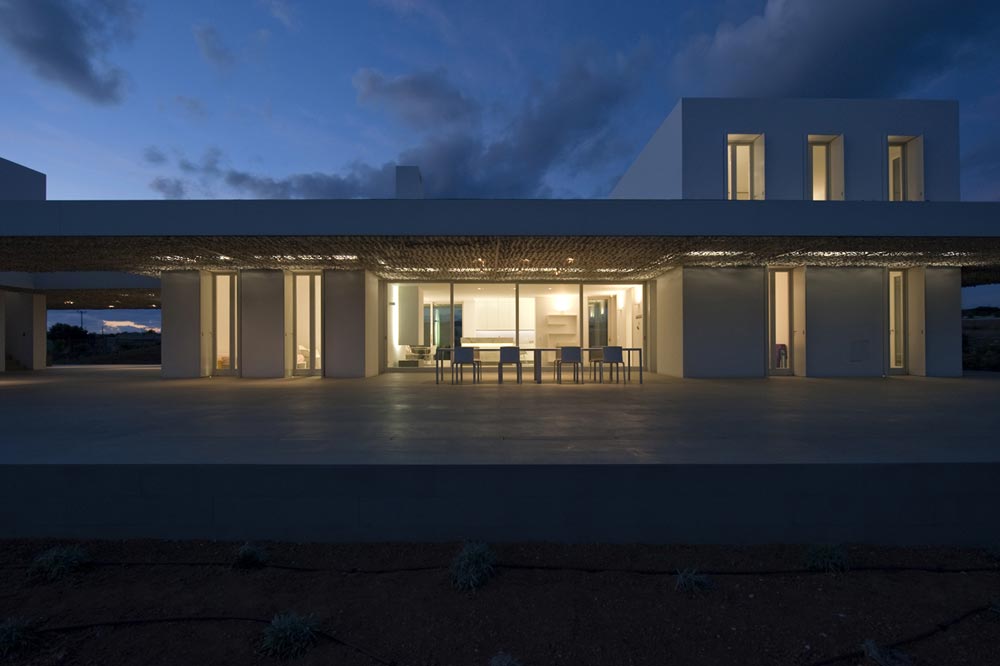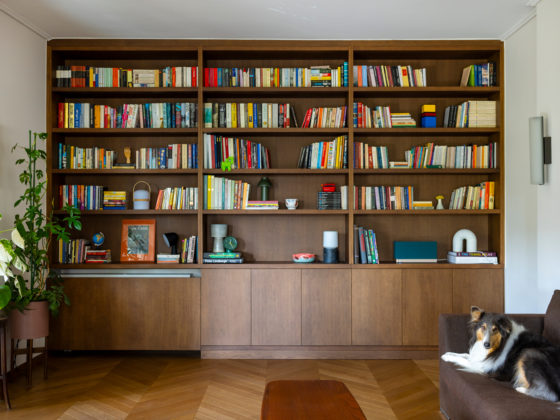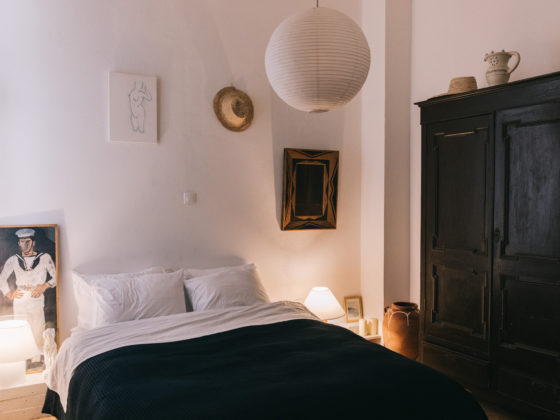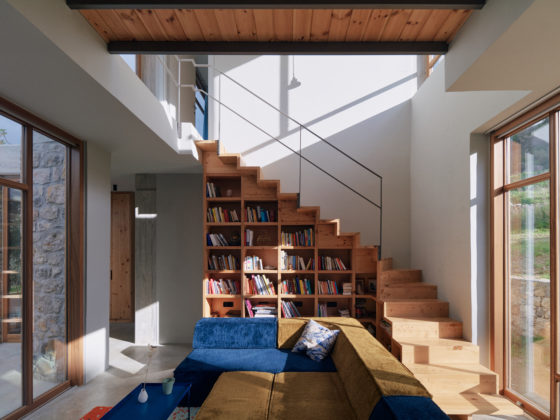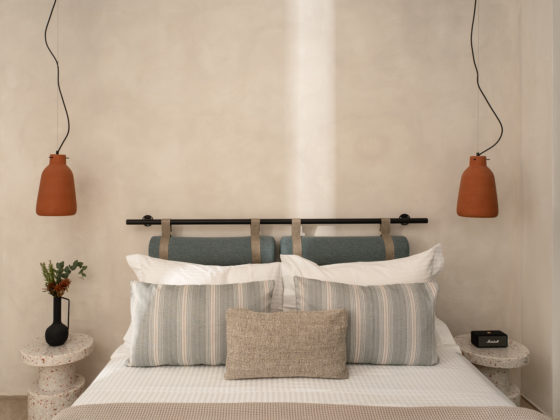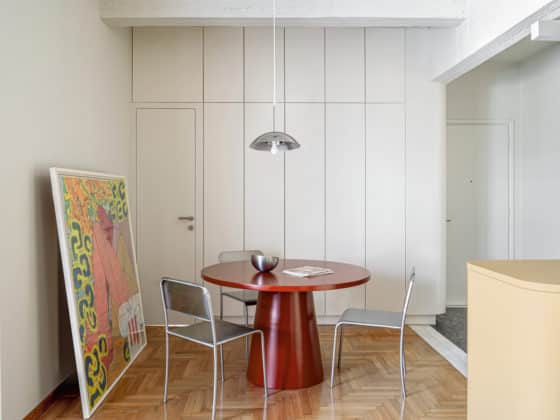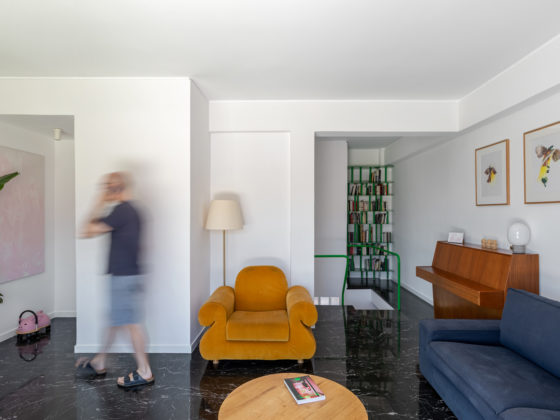This vacation house on the island of Paros employs a variety of bioclimatic strategies and has been cleverly designed to accommodate the needs of two different families at the same time. Its main complex is broken down into smaller spaces that vary in height and placement; the more private ones – such as the sleeping areas and the wet units – are accommodated in the central volumes, while the more public, living areas are placed in the in-between zones, virtually extending to the outdoors. On the upper level, the rooftops unveil framed panoramic views towards the sea and the surrounding hills. The building’s form shifts to create a variety of niches, extrusions, outdoor spaces and enclosures, yet maintains an architectural cohesion that respects and responds to Cycladic architecture.
Located in a region defined by mild winters, abundance of all-year sunshine, high temperatures and shortage of water, the house was designed using sensible and sensitive environmental design strategies. The cantilevering, translucent canopy acts as a climatic moderator, providing shade throughout the day, especially during summer. The glazed surfaces are protected from direct sunlight and the well-insulated envelope is connected to the ground through the foundations, using the soil’s constant thermal mass to eliminate the need for mechanical cooling. A solar panel provides domestic hot water and feeds the underfloor heating, while two recycling systems supply water for irrigation by collecting greywater and rainwater in a roof-placed, 300m3 cistern.
